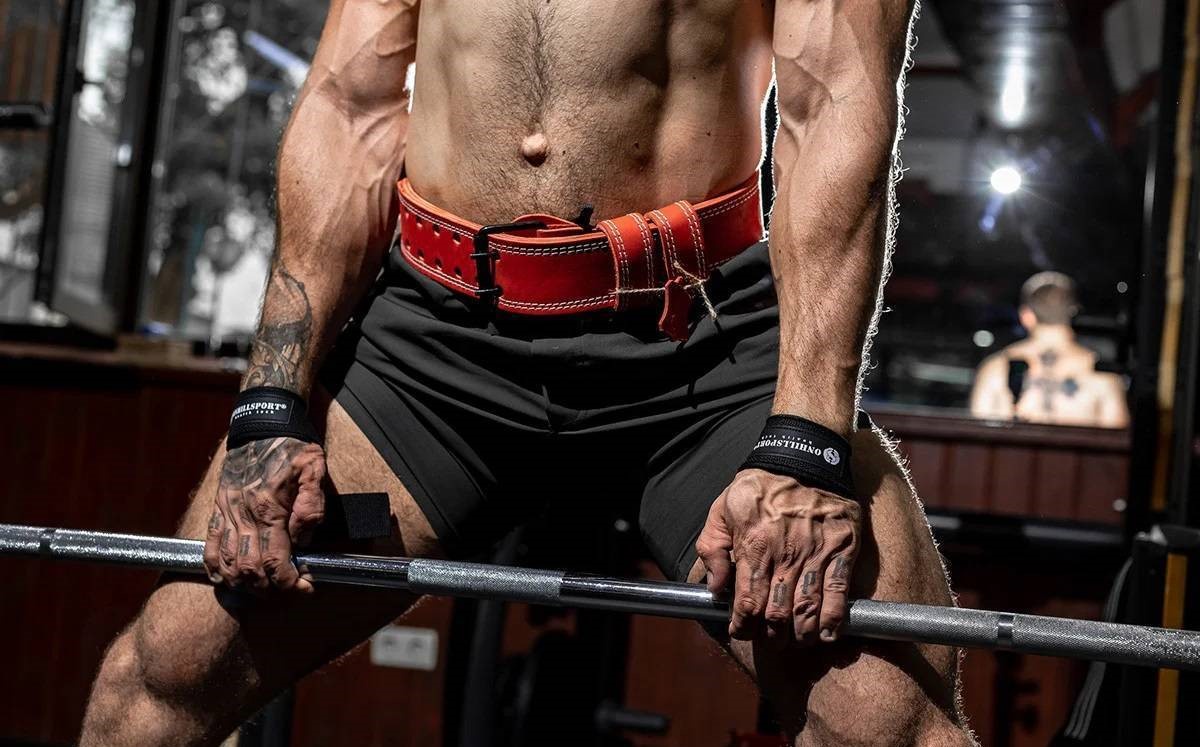Powerlifting belts are an essential piece of equipment for many strength athletes. They provide support and stability to the lower back and core during heavy lifts, helping to prevent injury and improve performance. Powerlifting belts are designed to be worn tightly around the waist, providing a solid base for the lifter to push against during squats, deadlifts, and other compound lifts.
Introduction to Powerlifting Belts
Powerlifting belts are a common sight in gyms and strength training facilities around the world. They are typically made of thick, durable leather or nylon and are worn around the waist to provide support and stability during heavy lifts. While they are commonly associated with powerlifting, they are also used by bodybuilders, strongmen, and other strength athletes.
Purpose and Benefits of Powerlifting Belts
A powerlifting belt's main function is to support the lower back and core during strenuous lifts. By increasing intra-abdominal pressure, powerlifting belts can help to stabilize the spine and reduce the risk of injury. They can also help to improve lifting performance by allowing the lifter to lift heavier weights with better form. Some of the key benefits of using a powerlifting belt include:
Improved performance: The added stability and support provided by a powerlifting belt can help you lift heavier weights and perform better during your workouts.
Reduced risk of injury: By supporting the lower back and core muscles, a powerlifting belt can help reduce the risk of strains and injuries, especially during heavy lifts.
Better posture: The design of a powerlifting belt encourages you to maintain proper posture during lifts, which can help prevent injuries and improve overall lifting technique.
Types of Powerlifting Belts
Powerlifting belts come in a variety of styles, each with special characteristics and advantages. The most common types include lever buckle belts, prong buckle belts, and Velcro belts. Lever buckle belts are known for their ease of use and tightness, prong buckle belts offer adjustability, and Velcro belts are lightweight and flexible.
Lever buckle belts: Lever buckle belts are a type of powerlifting belt that uses a lever mechanism for fastening instead of a traditional buckle. These belts are known for their ease of use and the ability to quickly adjust the tightness for a secure fit.
Single-prong belt: These belts have a single prong buckle for fastening, making them easy to adjust and secure. They are a popular choice among powerlifters for their simplicity and durability.
Double-prong belt: Similar to single-prong belts, but with two prongs for fastening. Double-prong belts are known for providing a more secure fit, but they can be more difficult to adjust than single-prong belts.
Velcro belt: Velcro belts use a hook-and-loop closure system for fastening, making them easy to adjust and secure. They are often used by beginners or recreational lifters for their convenience.
How to Choose the Right Powerlifting Belt
When choosing a powerlifting belt, it's important to consider factors such as width and thickness, material, buckle type, and size and fit. The belt should be wide enough to provide adequate support but not so wide that it restricts movement. It should also be composed of a sturdy material that is resistant to wear and tear.
How to Wear a Powerlifting Belt
To wear a powerlifting belt correctly, it should be positioned around the waist, just above the hip bones. The belt should be tightened to a snug but comfortable fit, allowing for a full range of motion while providing support to the lower back and core. It's important to remember to breathe deeply into the diaphragm while wearing a powerlifting belt to maximize intra-abdominal pressure.
Do You Really Need a Powerlifting Belt?
While powerlifting belts can be a useful tool for many lifters, they are not necessary for everyone. Some lifters may find that they are able to lift safely and effectively without a belt, while others may benefit from the added support and stability that a belt provides. Ultimately, the decision to use a powerlifting belt should be based on individual needs and preferences.
Common Mistakes When Using Powerlifting Belts
One common mistake when using a powerlifting belt is wearing it too loosely. Wearing a belt should be snug enough to offer support without becoming uncomfortable or restricting breathing. Another mistake is relying too heavily on a belt for support, rather than focusing on building core strength. It's important to use a belt as a tool to enhance your lifting, not as a crutch.
Alternatives to Powerlifting Belts
While powerlifting belts are a popular choice for many lifters, there are alternative options available. Some lifters may prefer to use a weightlifting belt, which is thinner and more flexible than a powerlifting belt. Others may choose to focus on building core strength through exercises such as planks, dead bugs, and Russian twists.
Powerlifting Belt Brands to Consider
There are several reputable powerlifting belt brands on the market, including Inzer Advance Designs, Rogue Fitness, rdxsports and SBD Apparel. These brands are known for their high-quality materials and construction, making them popular choices among serious strength athletes.
Conclusion
Powerlifting belts are a valuable tool for many strength athletes, providing support and stability during heavy lifts. While they are not necessary for everyone, they can help to improve lifting performance and reduce the risk of injury when used correctly. By choosing the right belt and wearing it properly, lifters can maximize their gains in the gym and stay safe while doing so.


No comments yet